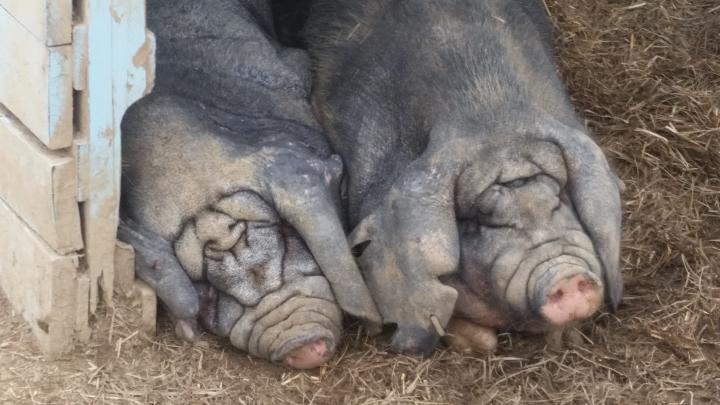Conservation priorities analysis of Chinese indigenous pig breeds in the Taihu lake region

Abstract
Most indigenous pig resources are known to originate from China. Thus, establishing conservation priorities for these local breeds is very essential, especially in the case of limited conservation funds. Therefore, in this study, we analyzed 445 individuals belonging to six indigenous breeds from the Taihu Lake Region, using a total of 131,300 SNPs. In order to determine the long-term guidelines for the management of these breeds, we analyzed the level of diversity in the metapopulation following a partition of diversity within and between breed subpopulations, using both measures of genic and allelic diversity. From the study, we found that the middle Meishan (MMS) pig population contributes the most (22%) to the total gene diversity while the Jiaxing black (JX) pig population contributes the most (27%) to the gene diversity between subpopulations. Most importantly, when we consider one breed is removed from the meta-population, the first two breeds prioritized should be JX pig breed and Fengjing pig breed followed by small Meishan (SMS), Mizhu (MI), and Erhualian (EH) if we pay more attention to the gene diversity between subpopulations. However, if the priority focus is on the total gene diversity, then the first breed to be prioritized would be the Shawutou (SW) pig breed followed by JX, MI, EH, and Fengjing (FJ). Furthermore, we noted that if conservation priority is to be based on the allelic diversity between subpopulations, then the MI breed should be the most prioritized breed followed by SW, Erhuanlian, and MMS. Summarily, our data show that different breeds have different contributions to the gene and allelic diversity within subpopulations as well as between subpopulations. Our study provides a basis for setting conservation priorities for indigenous pig breeds with a focus on different priority criteria.